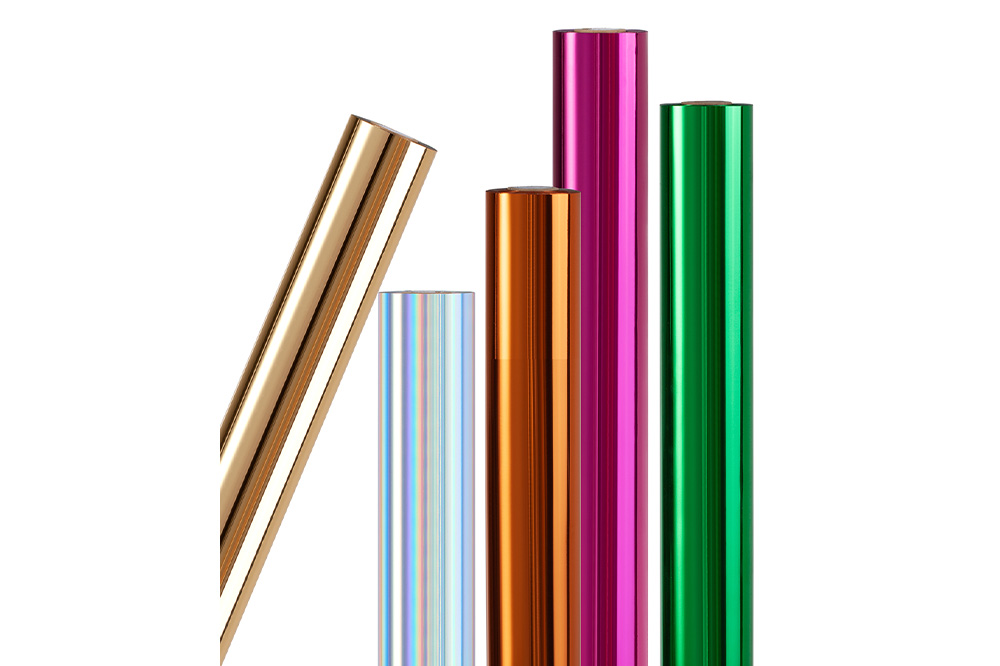Types of Paper Suited for Digital Foil Enhancement
Digital foil enhancement has changed the printing industry by allowing designers to incorporate metallic and glossy effects without the need for traditional blocking dies. This method not only enhances the visual appeal of printed materials but also offers versatility and eco-friendliness. However, the choice of paper is crucial for achieving the best results in digital foil printing. Here, we explore the various types of paper that are best suited for digital foil enhancement, considering factors such as texture, finish, and design requirements.

Understanding Digital Foil Printing
Digital foil printing involves a process where a design is printed on a substrate, followed by the application of foil to specific areas using heat and pressure. Unlike traditional foil stamping, digital foil printing allows for more intricate designs and finer details due to its digital nature. The choice of paper can significantly impact the final appearance of the foil, influencing factors such as adhesion, texture, and overall aesthetic.
What Types of Paper Are Suitable for Digital Foil Enhancement?
The best types of paper for digital foil enhancement include:
Silk Paper: Smooth and satin-like, ideal for designs with a printed background.
Uncoated Paper: Natural texture that complements foil accents.
Textured Papers: Unique textures that add depth to designs.
Colored Paper: Vibrant shades that create striking contrasts with foil.
Triplex Paper: Luxurious, thick paper with customizable layers.
Silk Paper
Silk paper is an excellent choice for designs that feature a fully printed background. Its smooth, satin finish provides an even texture, making it ideal for showcasing both printed elements and foil accents. The reflective quality of silk paper enhances the metallic effects, making it a popular option for business cards, flyers, and invitations.
Uncoated Paper
For designs that utilize the natural color of the paper, uncoated paper is highly recommended. This type of paper has a subtle texture that complements foil printing without overwhelming the design. Uncoated paper is particularly effective when the design relies on foil elements without extensive printed backgrounds.
Textured Papers
Textured papers can add depth and character to foil-enhanced designs, and can elevate the visual impact of the foil. These papers are suitable for projects where tactile quality is as important as visual appeal. Textured papers can be used in designs where texture plays a crucial role in the overall aesthetic.
Colored Paper
If you’re looking to print foil onto colored paper. This option is ideal for designs that require a striking contrast between the foil and the paper background, such as black paper with gold foil.
Triplex Paper
For a luxurious feel, triplex paper is a standout option. This paper consists of three layers, allowing for a colored core that can be customized to match your design. The thickness and sturdiness of triplex paper make it an excellent choice for high-end business cards and other premium print materials.
Factors to Consider When Choosing Paper for Digital Foil
When selecting paper for digital foil enhancement, consider the following factors to ensure optimal results:
Design Complexity: Intricate designs may require smoother papers like silk, while simpler designs can work well on textured or uncoated papers.
Background Color: The choice of paper color can significantly affect the visibility and impact of the foil. Dark backgrounds often work best with gold or silver foils.
Finish and Texture: The finish of the paper can enhance or diminish the effect of the foil. Smooth finishes typically provide a more polished look, while textured finishes can add depth.
Environmental Considerations: Opting for recycled or eco-friendly papers can align with sustainability goals without compromising on quality.
In conclusion, the best types of paper for digital foil enhancement are those that complement the design and intended visual impact. Silk and uncoated papers are versatile choices for various designs, while textured and colored papers can add unique elements to your project. Triplex paper stands out for luxury applications, providing a robust and eye-catching option. By carefully selecting the right paper, you can maximize the effectiveness of digital foil printing, resulting in stunning, high-quality printed materials that capture attention and convey a sense of elegance.
